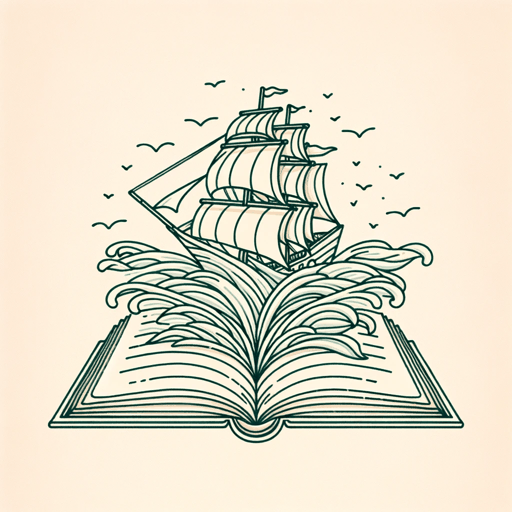18 pages • 36 minutes read
Emily DickinsonThere is no Frigate like a Book
Fiction | Poem | Adult | Published in 1866A modern alternative to SparkNotes and CliffsNotes, SuperSummary offers high-quality Study Guides with detailed chapter summaries and analysis of major themes, characters, and more.
Literary Devices
Form and Meter
Dickinson arranged “There is no Frigate like a Book” into eight lines of alternating iambic tetrameter and iambic trimeter. This meter is often associated with Christian hymns, as many of them have been constructed to fit the same form. This shared meter allows the hymns to be interchangeable over a shared piece of music. Though Dickinson stopped attending church services in her early twenties, most of her poetry is written using hymn meter. The use of this meter in “There is no Frigate like a Book” points toward and reinforces religious interpretations of the text.
Unlike many of Dickinson’s works, the meter in “There is no Frigate” is remarkably consistent. Dickinson’s use of capital letters helps to reinforce this consistent meter by forcing the reader to place their emphasis at the beginning of each capitalized word. This means that the emphases in line 5 should scan “This Traverse may the poorest take.” The poem reflects this attention to metrical consistency when it compares the horse’s movement to “prancing Poetry” (Line 5).
The punctuation in “There is no Frigate” is, like that in most of Dickinson’s poetry, highly irregular. Dickinson often uses em-dashes (—) instead of standard punctuation marks.
Related Titles
By Emily Dickinson

A Bird, came down the Walk
Emily Dickinson

A Clock stopped—
Emily Dickinson

A narrow Fellow in the Grass (1096)
Emily Dickinson

Because I Could Not Stop for Death
Emily Dickinson

"Faith" is a fine invention
Emily Dickinson

Fame Is a Fickle Food (1702)
Emily Dickinson

Hope is a strange invention
Emily Dickinson

"Hope" Is the Thing with Feathers
Emily Dickinson

I Can Wade Grief
Emily Dickinson

I Felt a Cleaving in my Mind
Emily Dickinson

I Felt a Funeral, in My Brain
Emily Dickinson

If I Can Stop One Heart from Breaking
Emily Dickinson

If I should die
Emily Dickinson

If you were coming in the fall
Emily Dickinson

I heard a Fly buzz — when I died
Emily Dickinson

I'm Nobody! Who Are You?
Emily Dickinson

Much Madness is divinest Sense—
Emily Dickinson

Success Is Counted Sweetest
Emily Dickinson

Tell all the truth but tell it slant
Emily Dickinson

The Only News I Know
Emily Dickinson

